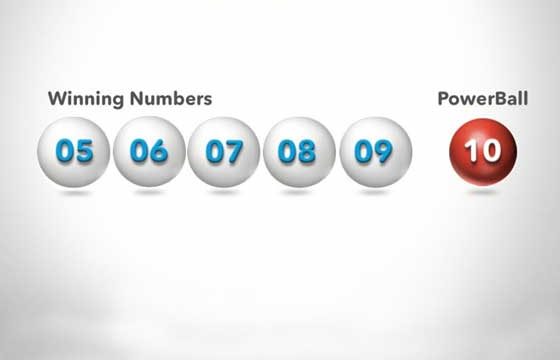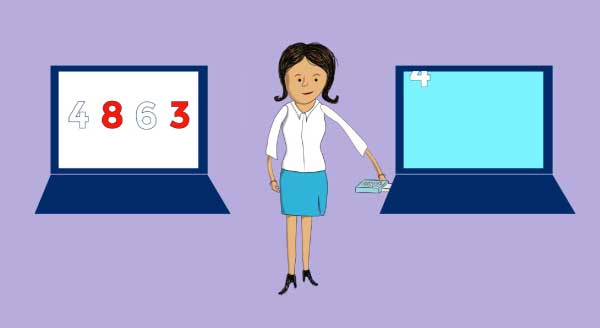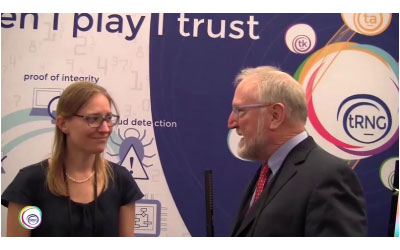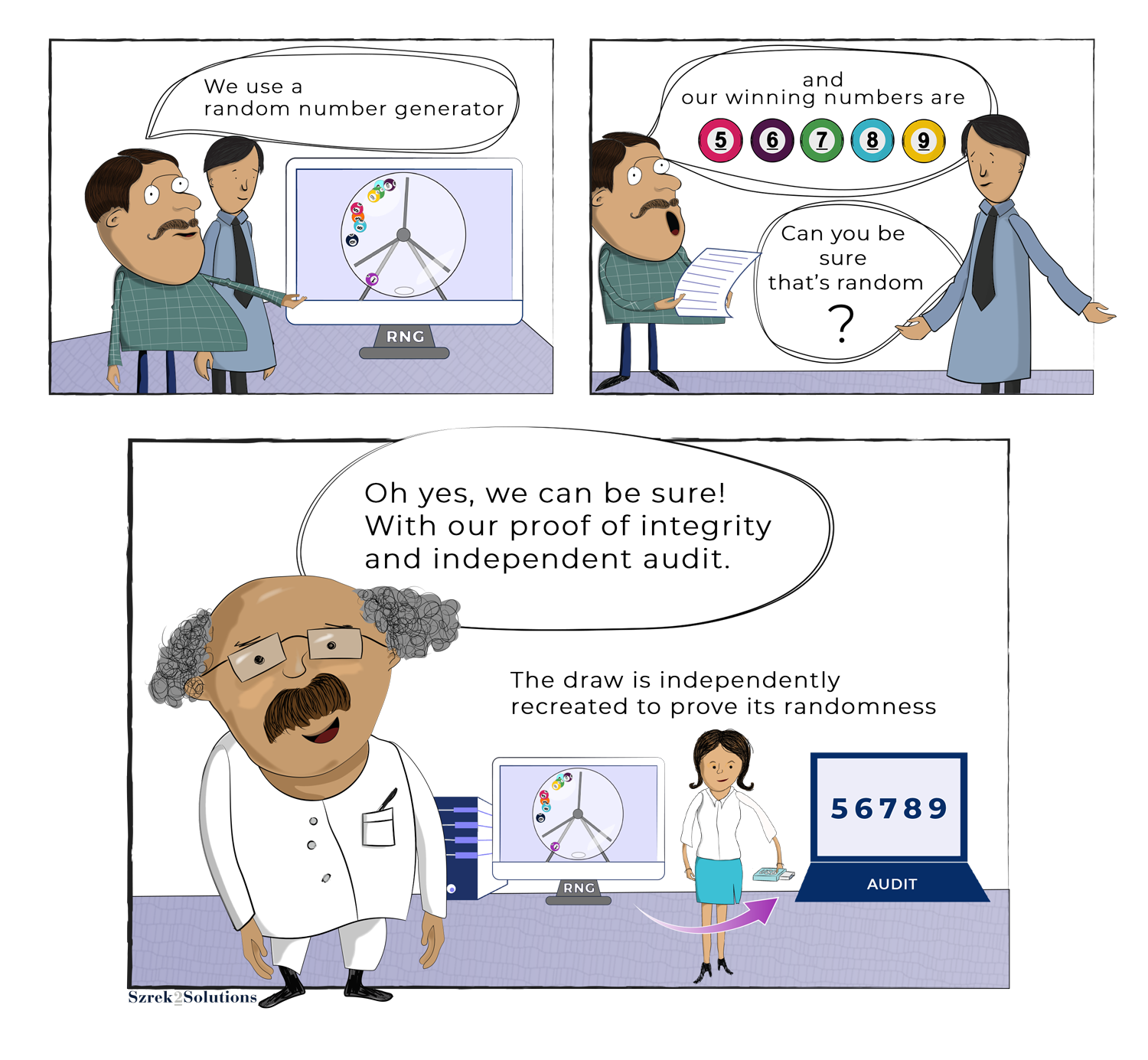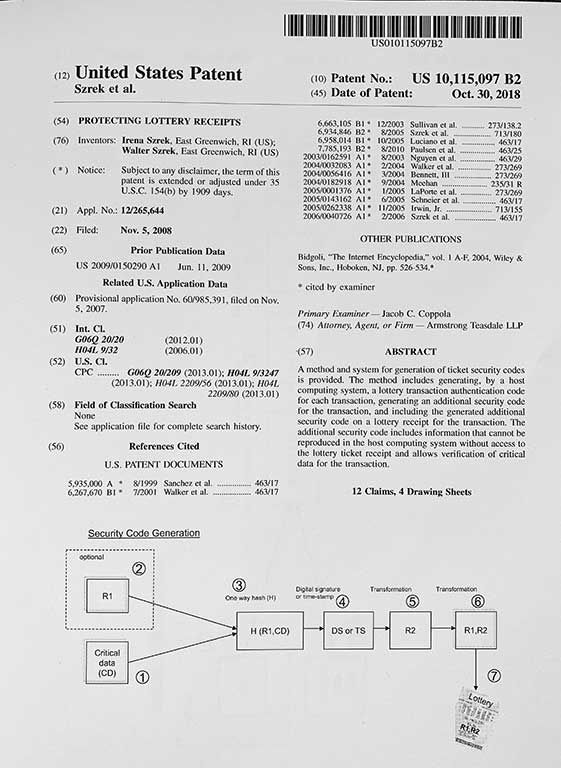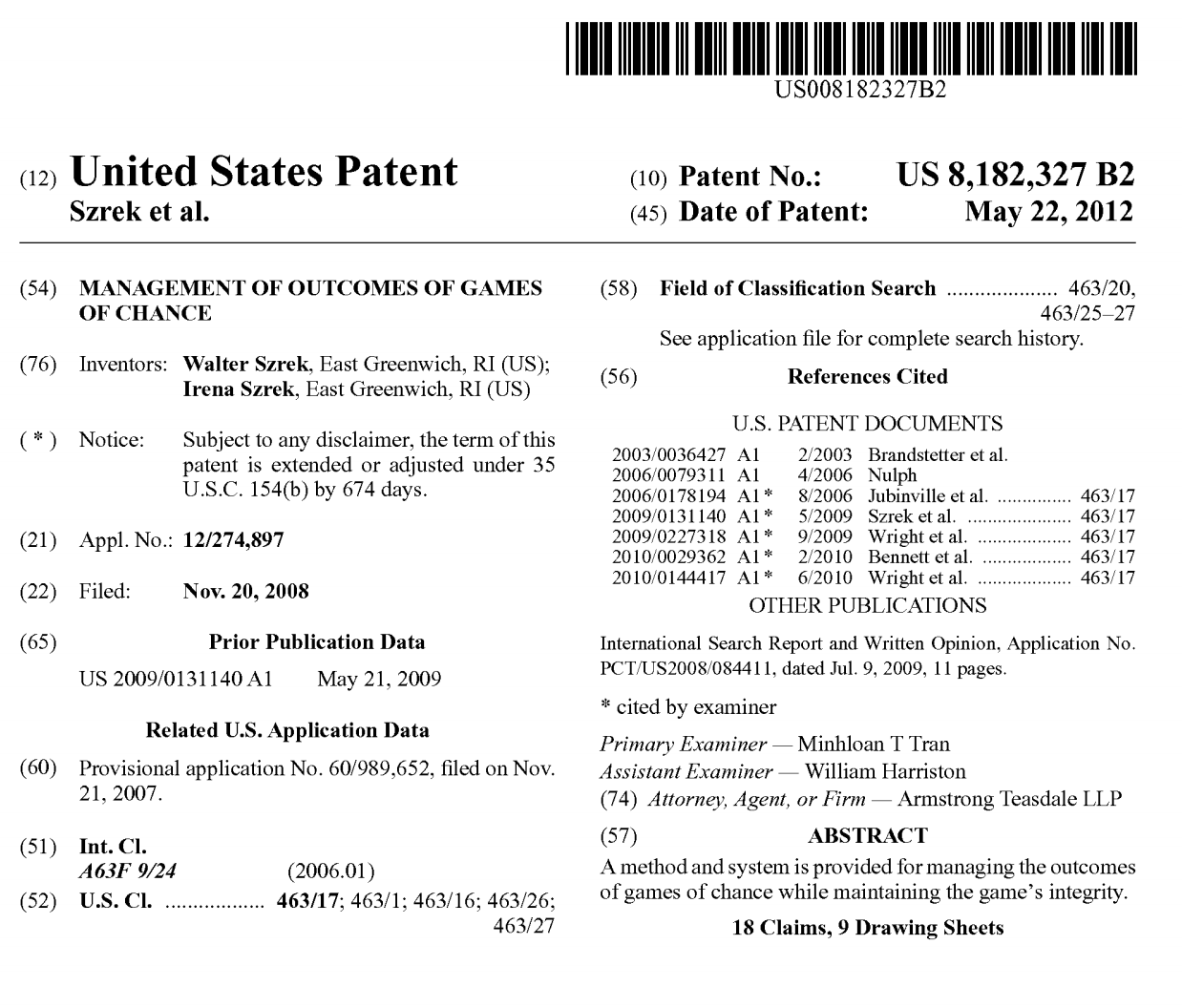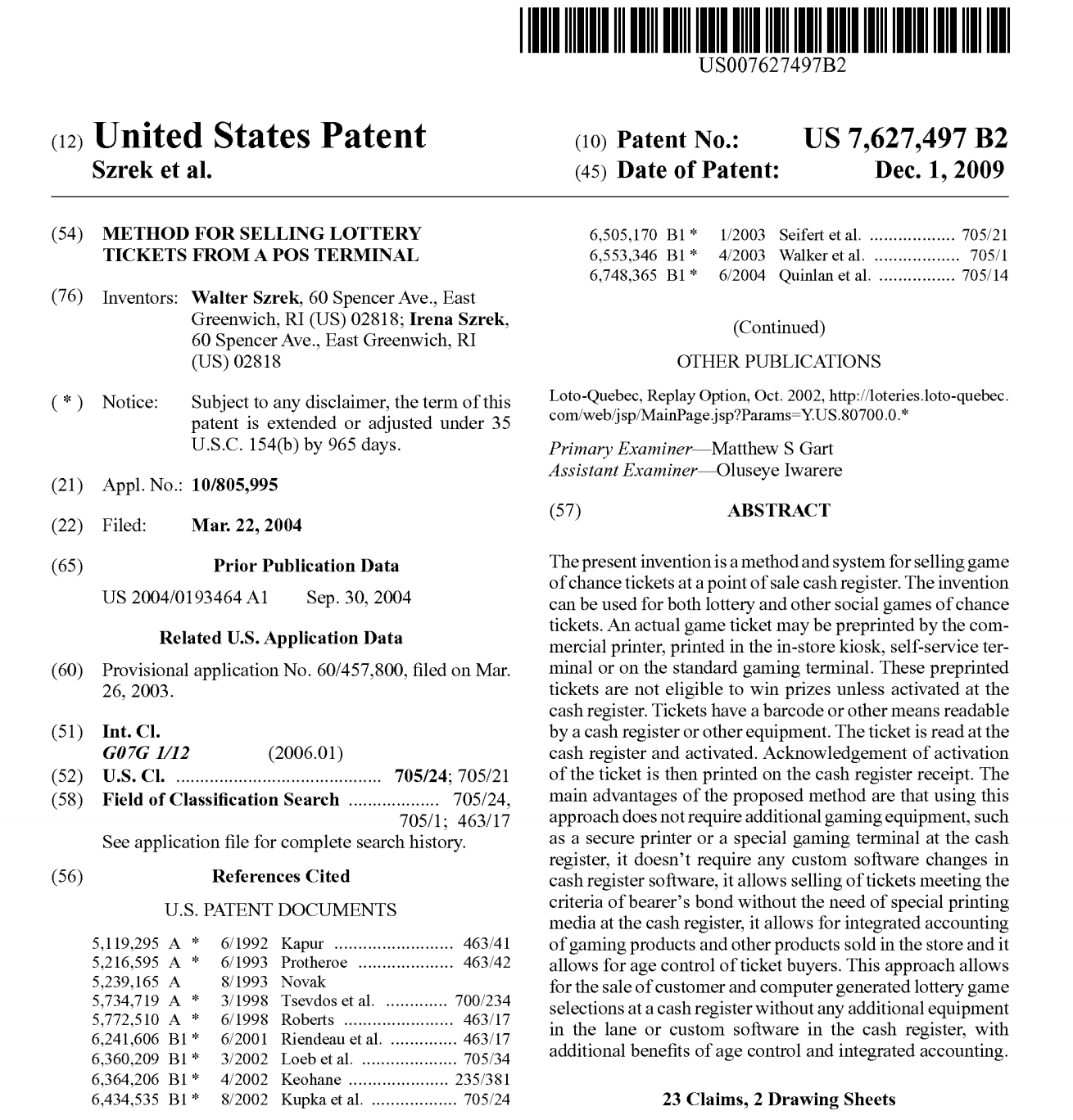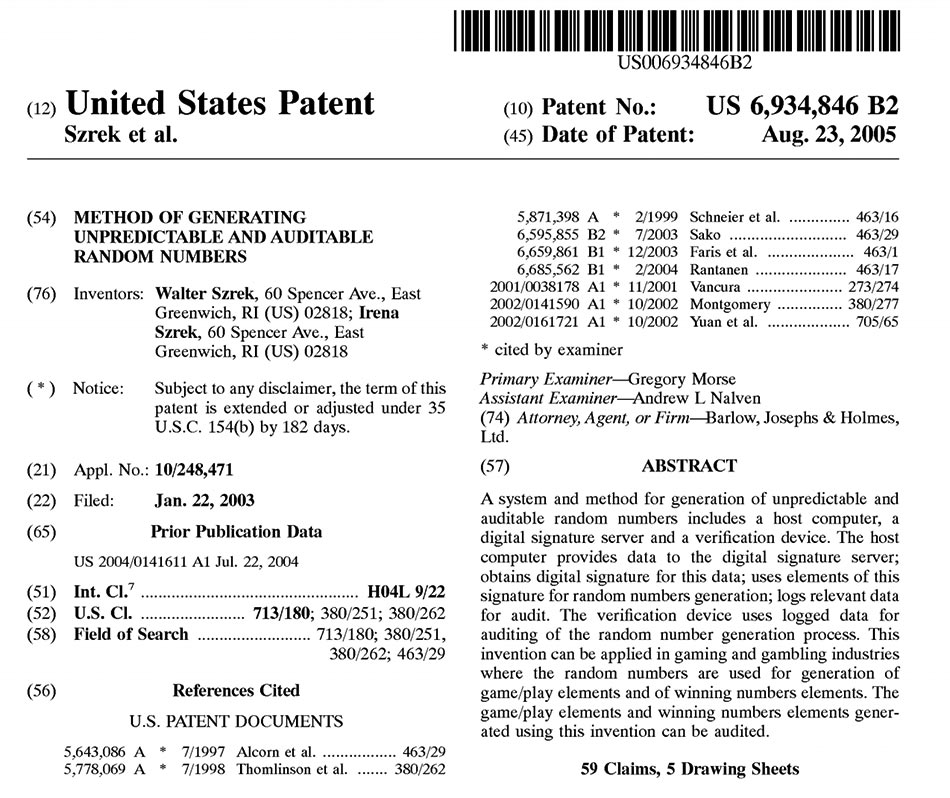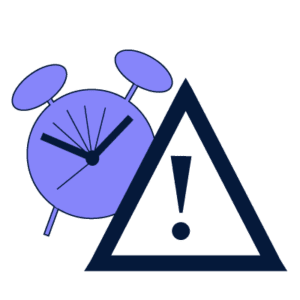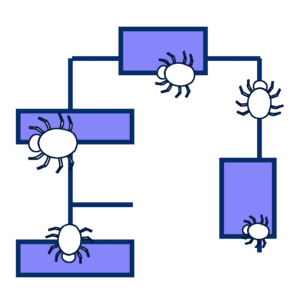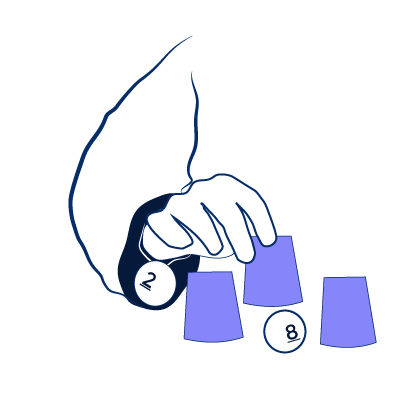Identical draw numbers, again
It is not uncommon for lottery draw numbers to repeat.
There are many examples in US states where the same game has the same numbers on consecutive or proximate draws. The same numbers can occur by chance or they could be a result of a glitch in the random number generator.
In an article published at the end of 2019, the Des Moines Register cites many examples of repeat lottery draw outcomes across US state lotteries and suggests that in many instances these results are very unlikely to have occurred by chance alone.
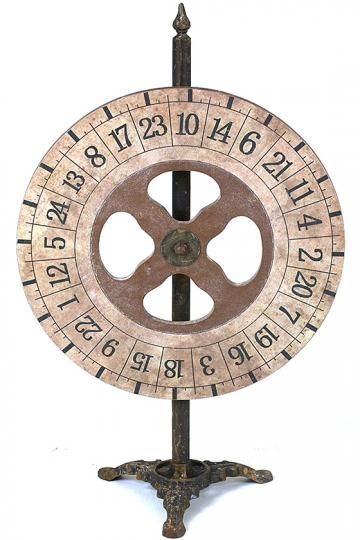
In 2018, we published an article in NASPL’s Insights Magazine, “Repeated Lottery Draw Outcomes”.
Here we wrote:
“Should we question the validity of a lottery draw if the same winning numbers are repeated within a couple of days or weeks? Sooner or later you may need to explain the outcomes from your draws and deal with customer and stakeholder disbelief. Showing the proof of integrity is crucial for digital draws.”

The bottom line is that players DO notice strange patterns in the winning results and that they DO demand clarity from lotteries about these draw results. If there was a way to prove without a doubt that the winning numbers were indeed random and that they were indeed generated through a valid process, wouldn’t you want to have such a technology? This is exactly what Trusted Draw and the independent Trusted Audit do for you! Find out more.
“A whole lot is premised on the integrity of the lotteries,” a lottery executive said. “Even if this isn’t crisis mode yet, I would really be on top of this before it hits .”
A lottery executive whose company has worked with more than 900 state and federal government agencies, said he believes believes national standards are necessary to set how computer-generated drawings are used and tested throughout dozens of state lotteries.
Szrek provides its Trusted Draw system which guarantees proof of integrity and provides full transparency into the draw. If the same numbers were authentically drawn twice, the system can prove their validity on an independent system and there is no doubt of the correctness of each individual outcome. On the other hand, if the outcomes were invalid due to a hardware problem, software problem, or insider fraud, the system will immediately detect the anomaly. Our clients will not experience draw problems due to hardware/software glitches and will not have any undetected fraud. Our clients will be able to show all stakeholders that their RNG draws are correct and valid.
For calculations of probabilities over time, we use Wolfram’s calculation of the probability of exceedance at www.worframalpha.com. Three fields need to be filled, and these can be interpreted as follows: (i) Number of times exceeded is the number of times the outcome occurs, (ii) Observed time period is the number of possible occurrences, (iii) The prediction time period is the number of draws or time period over which a probability is estimated.
To calculate the probability of the same numbers occurring on subsequent draws over the lottery’s 8-year lifetime, we estimate: i) “1” occurrence of a certain 4-digit combination ii) entails “10,000” different possible combinations (1/10 * 1/10 * 1/10 * 1/10) iii) which can be estimated over a period 2622 days (of 8 years).
| Q1 | Probability of 1-9-1-0 occurring on a given day | 1/10,000
|
| Q2 | Probability of the same number occurring on subsequent days | 1/10,000
|
| Q3 | Probability of 1-9-1-0 repeating itself on subsequent draws | 1/10,000 x 1/10,000=1/100,000,000
|
| Q4 | Probability of ANY NUMBER occurring twice in subsequent draws over 8 years | Using Wolfram’s Calculation (probability of exceedance) http://www.wolframalpha.com with number of times exceeded = 1, observed time period = 10,000 days (the probability of the outcome as in Q1), and prediction time period = 2922 days (8 years).The result = .2534 |
Table 1: Reoccurring numbers on subsequent days, over 8 years, and over 30 days



